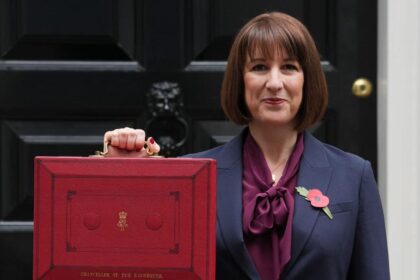At YourDailyAnalysis we note – currency markets faced a sharp drop in the U.S. dollar after Donald Trump threatened to raise tariffs on Chinese goods. His comments have reignited fears about global trade prospects and the Federal Reserve’s upcoming policy decisions, sparking turbulence across the markets.
The U.S. president also threatened to cancel his meeting with China’s President Xi Jinping and accused Beijing of “holding the global economy hostage” after China expanded export restrictions on rare earth metals. The market’s response was immediate – the euro and yen strengthened, while commodity-linked currencies, including the Australian dollar, fell sharply.
Our analysts at YourDailyAnalysis emphasize that Trump’s rhetoric is fueling uncertainty for the U.S. economy and adding new risks for the dollar. Investors are increasingly pricing in expectations of rate cuts by the Federal Reserve and adjusting inflation forecasts accordingly.
The dollar index fell 0.4% – to 98.99 points, though the currency remains up for the week. According to our experts, the key event in the coming weeks will be the release of September’s inflation report on October 24, which will determine the 2026 Social Security cost-of-living adjustment and influence the Fed’s next moves.
The market is almost fully pricing in a 25 bps rate cut in October (97% probability) and another in December (92%). At YourDailyAnalysis we note that a softer Fed stance could temporarily support equities but may weaken the dollar in the longer term.
In Asia, investor attention is focused on the Japanese yen, which strengthened after Finance Minister Katsunobu Kato warned of “excessive volatility” in currency markets. At YourDailyAnalysis we interpret this as a signal that authorities may be ready to intervene if the yen continues to weaken.
In Europe, the euro rose 0.38% – to $1.1607, but remains under pressure amid political instability in France. President Emmanuel Macron is holding urgent talks to form a new government, while rising budget deficits and weak economic data from Germany continue to weigh on the single currency.
The Canadian dollar strengthened after a surprise gain of 60,400 jobs in September, temporarily easing expectations of a near-term rate cut by the Bank of Canada.
Meanwhile, on the crypto market, bitcoin fell 2.98% – to $117,568, reflecting heightened investor caution and a shift toward safe-haven assets.
At Your Daily Analysis we believe that the latest currency swings highlight how sensitive global markets have become to political risk. Trump’s renewed tariff rhetoric is fueling global uncertainty, and if trade tensions continue to escalate, the dollar may lose part of its recent support. At the same time, a dovish Fed stance could bring short-term stability – but it will not eliminate the structural risks facing the U.S. economy.
Previously at YourDailyAnalysis, we wrote about how corporate earnings are shaping forecasts for the S&P 500 and how Credit Agricole’s debt buyback is changing the rules of the game.














